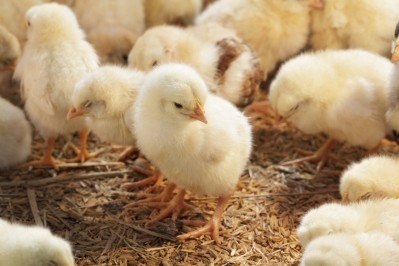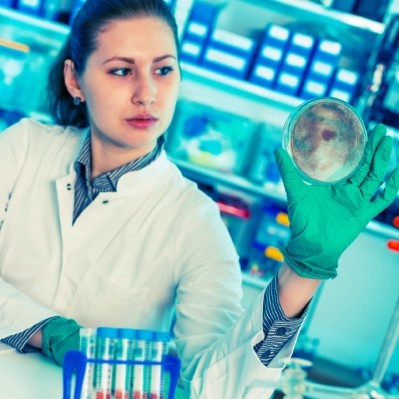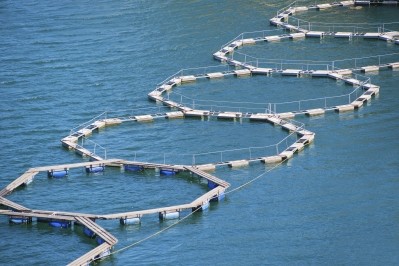Science group ‘clarifies’ probiotics definition
The non-profit group, which says its mission is to advance the science of probiotics and prebiotics, hopes that its clarifications will enhance understanding of the FAO/WHO definition of probiotics.
Set out in a 2002 FAO/WHO working group report, these criteria have been widely acknowledged as the accepted probiotic guidelines in the absence of any regulatory definition. However, ISAPP said this definition is not always correctly interpreted, which has resulted in the term being used incorrectly.
“The term ‘probiotic’ is commonly misused both commercially, when the term is featured on products with no substantiation of human health benefits, and scientifically, where the term has been used to describe bacterial components, dead bacteria or bacteria with uncharacterized health effects in humans,” said ISAPP.
Specifications
The FAO/WHO definition states that probiotics are "live microorganisms which when administered in adequate amounts confer a health benefit on the host". It also includes a definition of genus, species and strain, as well as a safety assessment and efficacy research in humans.
ISAPP said its clarifications add to the specifications outlined by FAO/WHO. It said key aspects for probiotic use in food are:
· A probiotic must be alive when administered
· A probiotic must have undergone controlled evaluation to document health benefits in the target host
· A probiotic must be a taxonomically defined microbe or combination of microbes (genus, species and strain level)
· A probiotic must be safe for its intended use
The group hopes these clarifications provide “more detailed insight” into the use of the term, which it said can be applied beyond the use of the bacteria in foods and supplements.
“The FAO/WHO effort was specifically focused on food uses of probiotics; however, the definition advanced by this group is sufficiently broad to encompass a range of probiotic preparations and intentions of use.”
This would include the use of probiotics in drugs, animal feed and live vaccines, although requirements for establishing efficacy and safety for probiotics are different for these categories of probiotics, said the group.
ISAPP’s clarification of the definition of ‘probiotic’ can be read here.
FAO/WHO guidelines
Labeling recommendations – based on the FAO/WHO guidelines – that are encouraged in order to provide consumers with adequate information about the efficacy of probiotic products include:
· Labels should list all microbes, with the genus, species and strain designation. Significantly, the strain designation should not mislead consumers about the functionality of the strain.
· The number of each microbial component should also be given, although this must reflect the count at the end of the product's shelf-life, and not at the time of manufacture.
· Proper storage information should be provided.
· Efficacy claims must also be listed, and these must be truthful and not misleading. They must be based on human studies documenting efficacy of the specific strain in the product, and they must also take into account the impact of the delivery vehicle or additional active ingredients or strains of bacteria.
· Use information must be listed, and this should include recommended consumption level based on levels found efficacious in human studies. The target consumer should also be listed in the case of probiotic supplements, although in the case of probiotic foods and beverages the target consumer is considered to be the general population.
· A product must carry a contact number to report any adverse effects.














